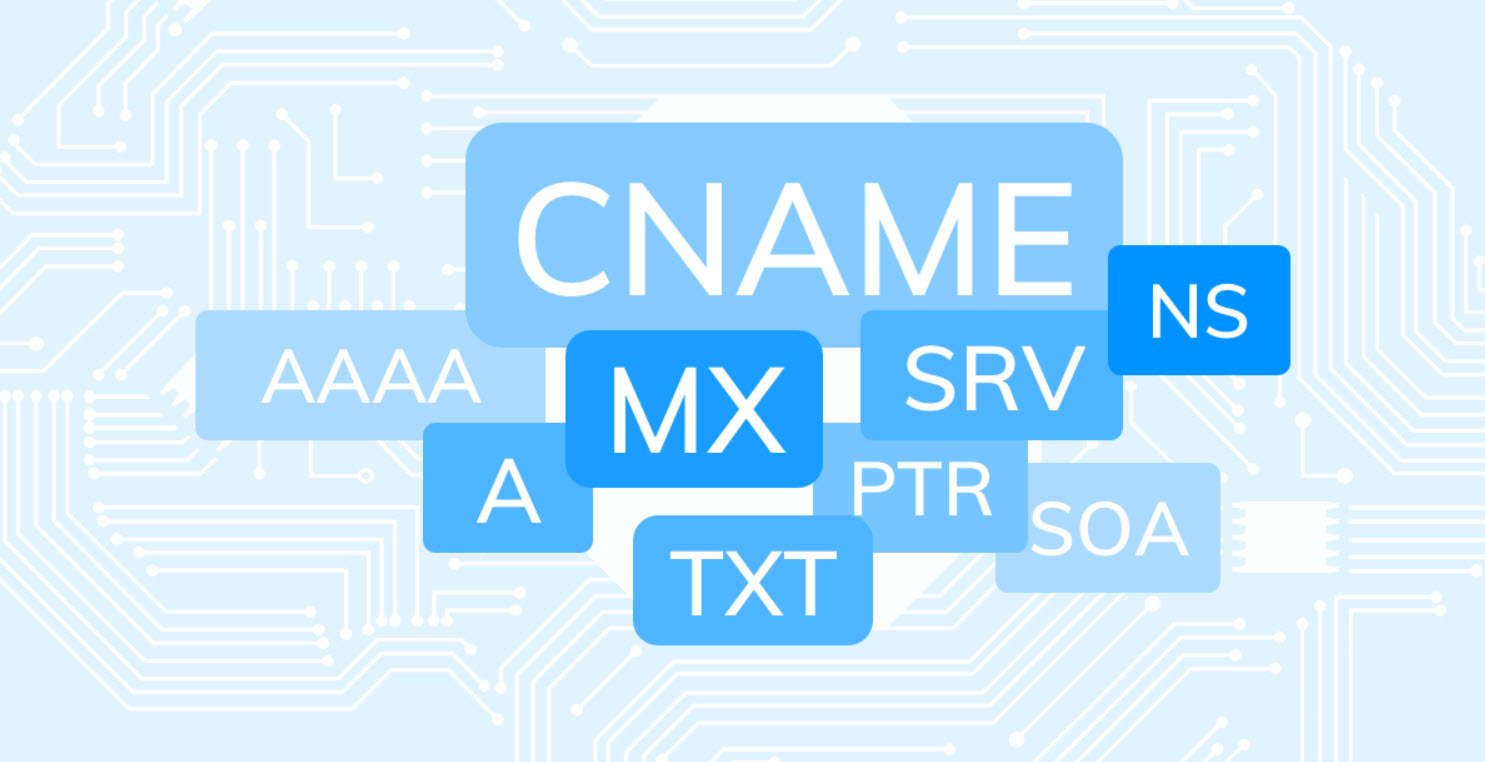
Penetration testing, often referred to as “pen testing,” is a critical component of cybersecurity. It involves simulating cyberattacks to identify vulnerabilities in a system, network, or application. For experienced penetration testers, mastering advanced techniques is essential to stay ahead of evolving threats.
This article explores some of the most sophisticated methods and tools used in advanced penetration testing.
Understanding Advanced Penetration Testing
Advanced penetration testing goes beyond basic scanning and exploitation. It requires a deep understanding of complex networks, sophisticated attack vectors, and the ability to think like an attacker. The goal is to uncover hidden vulnerabilities that could be exploited by malicious actors, providing organizations with a comprehensive view of their security posture.
Key Components of Advanced Penetration Testing
1. Reconnaissance and Footprinting: The initial phase involves gathering as much information as possible about the target. This includes identifying network infrastructure, identifying active services, and understanding the organizational structure. Tools like Maltego and Recon-ng are invaluable for this purpose.
2. Exploitation: Once vulnerabilities are identified, the next step is to exploit them. This can involve using custom exploits, leveraging known vulnerabilities, or developing new attack vectors. Tools like Metasploit and Core Impact are commonly used for exploitation.
3. Post-Exploitation: After gaining access, the focus shifts to maintaining persistence, escalating privileges, and moving laterally within the network. This phase is crucial for understanding the potential impact of a breach. Tools like Mimikatz and PowerSploit are often used for post-exploitation activities.
4. Reporting and Remediation: The final phase involves documenting findings, providing actionable recommendations, and helping the organization remediate identified vulnerabilities. Clear and concise reporting is essential for effective communication with stakeholders.
Top 6 Advanced Techniques in Penetration Testing
1. Social Engineering
Social engineering remains one of the most effective attack vectors. Advanced techniques include phishing campaigns, pretexting, and quid pro quo attacks. Tools like SET (Social-Engineer Toolkit) and custom-built phishing kits can be used to create convincing social engineering attacks.
2. Network Exploitation
Advanced network exploitation involves identifying and exploiting vulnerabilities in network protocols, devices, and configurations. Techniques include:
- Man-in-the-Middle (MitM) Attacks: Intercepting and potentially altering communications between two parties without their knowledge.
- DNS Spoofing: Redirecting traffic to malicious sites by manipulating DNS records.
- ARP Spoofing: Intercepting data by sending fake ARP messages.
Tools like Wireshark, Ettercap, and bettercap are commonly used for network exploitation.
3. Web Application Exploitation
Web applications are prime targets for attackers. Advanced web application exploitation involves:
- Cross-Site Scripting (XSS): Injecting malicious scripts into web pages viewed by other users.
- SQL Injection: Exploiting vulnerabilities in SQL queries to manipulate databases.
- Cross-Site Request Forgery (CSRF): Tricking users into performing actions they did not intend to perform.
Tools like Burp Suite, OWASP ZAP, and custom scripts can be used for web application testing.
4. Wireless Network Exploitation
Wireless networks are increasingly common and often less secure than wired networks. Advanced techniques include:
- WPA/WPA2 Cracking: Using tools like Aircrack-ng to crack wireless encryption.
- Evil Twin Attacks: Setting up a rogue access point to intercept traffic.
- WPS Exploitation: Exploiting vulnerabilities in Wi-Fi Protected Setup (WPS) to gain access to wireless networks.
5. Cloud and IoT Exploitation
As organizations move to the cloud and adopt IoT devices, new attack vectors emerge. Advanced techniques include:
- Cloud Misconfigurations: Identifying and exploiting misconfigurations in cloud services.
- IoT Device Exploitation: Identifying vulnerabilities in IoT devices and exploiting them to gain control.
- Container and Kubernetes Exploitation: Identifying and exploiting vulnerabilities in containerized environments and Kubernetes clusters.
Tools like CloudSploit, Docker, and Kubernetes-specific tools are often used for cloud and IoT exploitation.
6. Red Teaming and Purple Teaming
Red teaming involves simulating real-world attacks to test an organization’s defenses. Purple teaming combines the efforts of red and blue teams to improve security posture through collaboration. These advanced techniques require a deep understanding of both offensive and defensive strategies.
Conclusion
Advanced penetration testing is a complex and evolving field. Experienced professionals must stay current with the latest techniques, tools, and best practices to effectively identify and mitigate vulnerabilities. By mastering advanced techniques, penetration testers can provide organizations with a comprehensive view of their security posture, helping them to protect against increasingly sophisticated threats.
As the cybersecurity landscape continues to evolve, so too must the techniques and tools used by penetration testers. By staying informed and continuously honing their skills, experienced professionals can ensure that they are well-equipped to tackle the challenges of advanced penetration testing.








